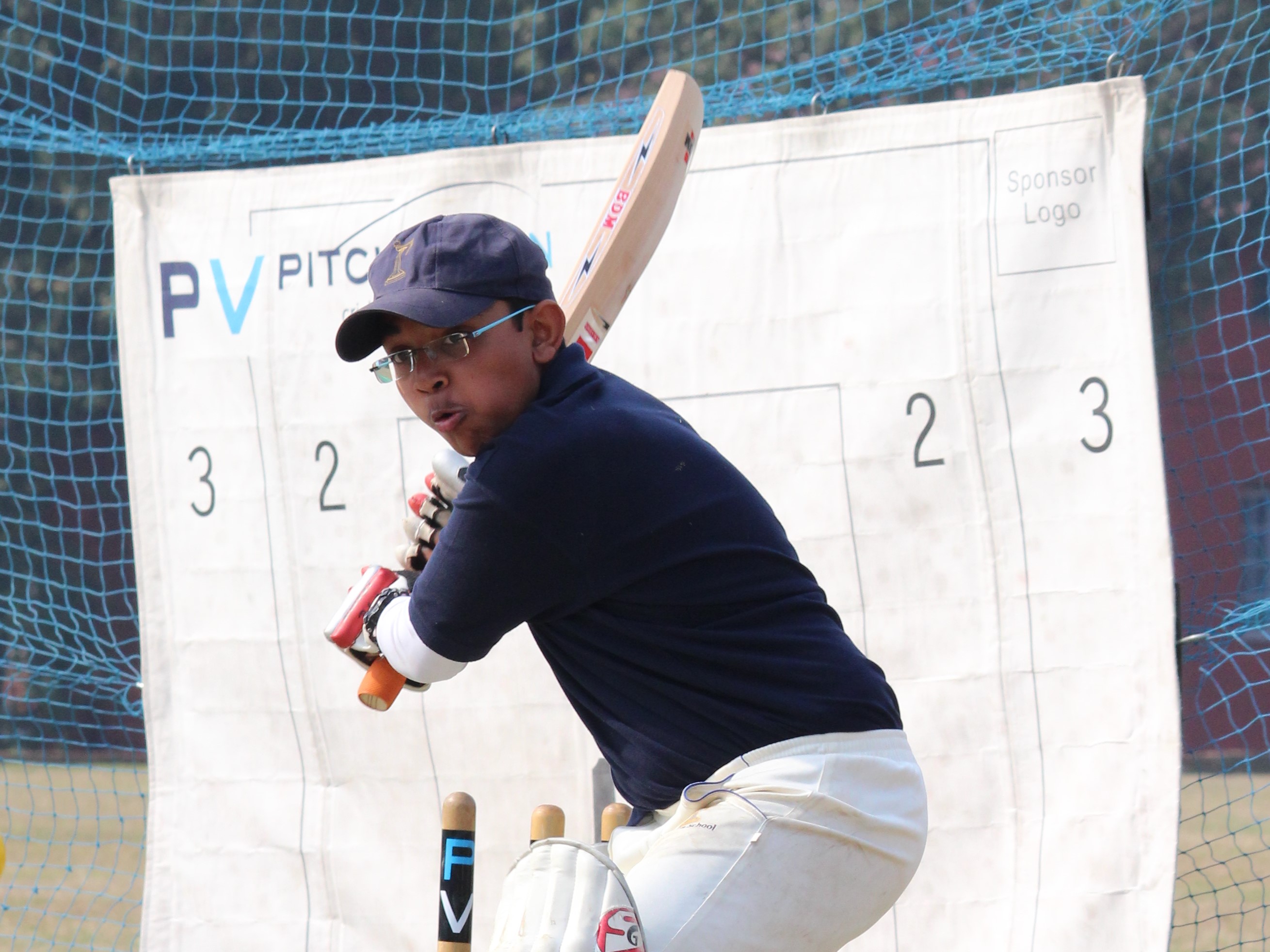Powerplay: How to Score Quickly When the Field is Up
 Score fast in the powerplay.
Score fast in the powerplay.
From club and school cricket to the highest level, it can be tough to score against a field that’s up. This is especially true on poor batting wickets in T20 cricket.
Unless you have nailed your power game, you may ask yourself how you are going to get through that phalanx of fielders protecting the ring.
How are you supposed to rotate the strike?
How can you hit boundaries when there are fielders bearing down on all sides?
Of course the boundaries are relatively unprotected at this time. Perhaps you are batting in the first six overs of a Twenty20 match and only two are allowed out. With the right bowler to the wrong batsmen on a helpful pitch, you may even see no one out!
Game head on
The basic theory for the bowlers is to squeeze you. Make you do something crazy from frustration. Dots - especially in T20 - can be terrifying to a batsman and lead to desperate slogging.
So get your game head on.
You need a plan. Most batsmen tend to either “wait for the bad ball” or “swing for the fences”. This is a very traditional approach and one still taught by coaches who focus more on batsmen building innings.
In power plays this kind of approach is outdated. Heck, it’s even becoming outdated in 50 over cricket!
The modern mindset is to look to score a boundary through one of your stronger shots and if that fails, rotate the strike. There are “gears” for this, you can read about here.
Keep your head at this time and you will already be in a better place before any other changes!
Look at the green
Now imagine you are out in the middle and staring at seven or eight guys in the ring. Where next?
Look at the huge green spaces and ignore the relatively tiny blobs of people. There a lot less of them than there is grass.
When you realise there is much more green than there is white, you can aim for it. Simply remembering that fielders can't build a wall, no matter how good they are, will give you confidence and freedom.
How you do this is up to you. Some players are more traditional, other use footwork and bat angles to find spaces. If you are aware of your own strengths in games you can play to them and work on hitting those spaces between fielders.
There is always a gap
On top of this idea of gaps between fielders, is the reassuring knowledge that there will always be a space. Even the tightest ring field can't plug every gap. Nine fielders is not ever enough.
For example
- If third man and fine leg are back you can pick up singles running the ball down
- Ring fielders can be too deep so you can drop and run (especially true and mid off and mid on), or too close so you can hit past them.
- A close catcher leaves a gap somewhere else you can manoeuvre the ball into.
It takes work to come up with reliable ways to hit these gaps because most bowlers will not serve you up balls to hit in these areas.So take a moment to pick a couple of safe scoring areas and work on making them reliable in nets, no matter how much people consider them creative or unorthodox.
I prefer effective to orthodox every day.
Hit over the top
Finally, you have the biggest gap of all: the vast area behind the fielders.
Don't slog.
You can power hit, play a more traditional lofted drive, scoop, ramp or slog sweep. it doesn’t matter. Whatever you are good at is fine. Aim for that vast open space and bat the ball there.
If you are not a power hitter, remember you don't need to clear the boundary, you only need to get it over the fielder's head. If you are good at clearing the ropes, you can work on getting so good you can ignore the fielder wherever they are because they are fishing it out of the bushes.
Practice to your strengths and go for gold.
It's easy to get frustrated and worry you are wasting balls. You feel time ticking and you are not scoring.
When you have that moment, remember that this is exactly what the bowler wants you to feel. So release the choke, reset, reconsider your options and get back to batting with freedom.
- Login to post comments

